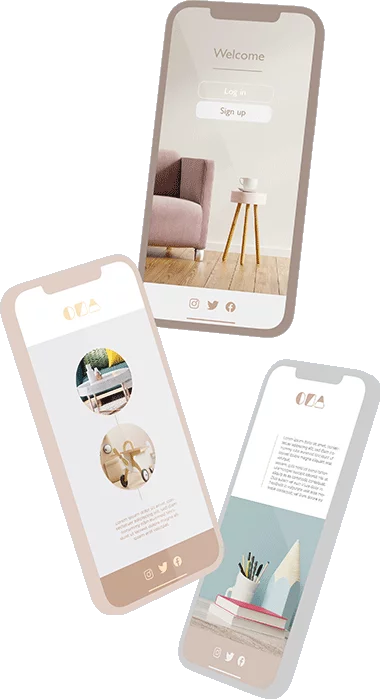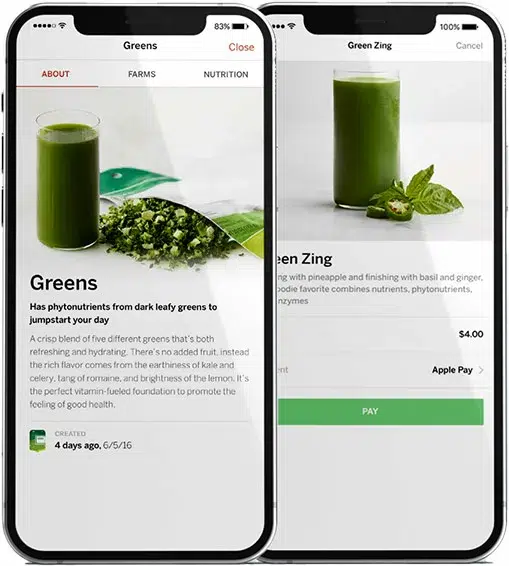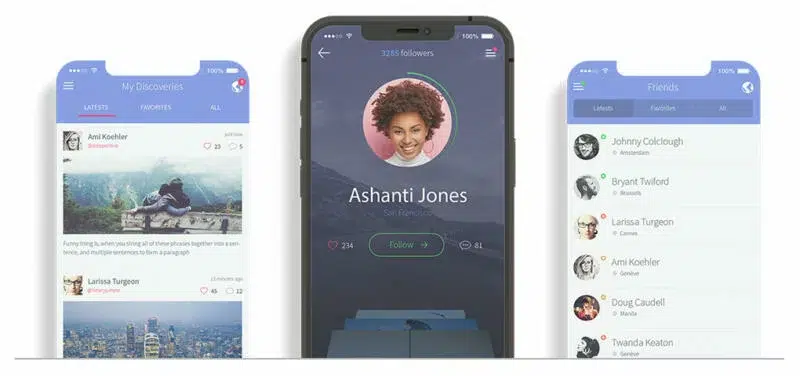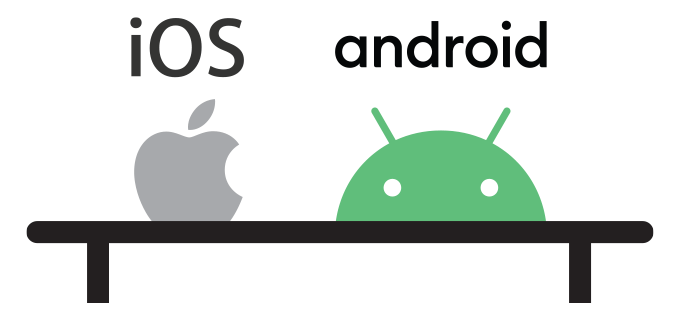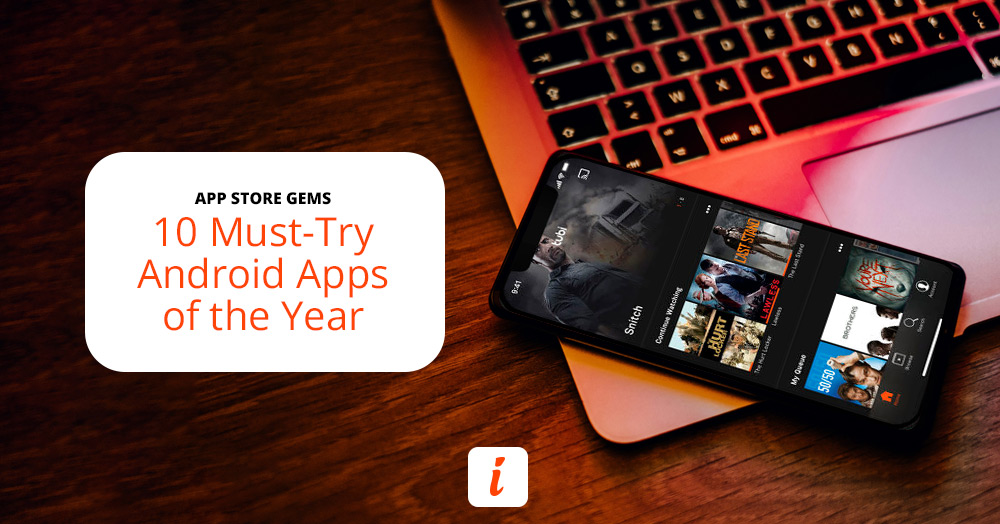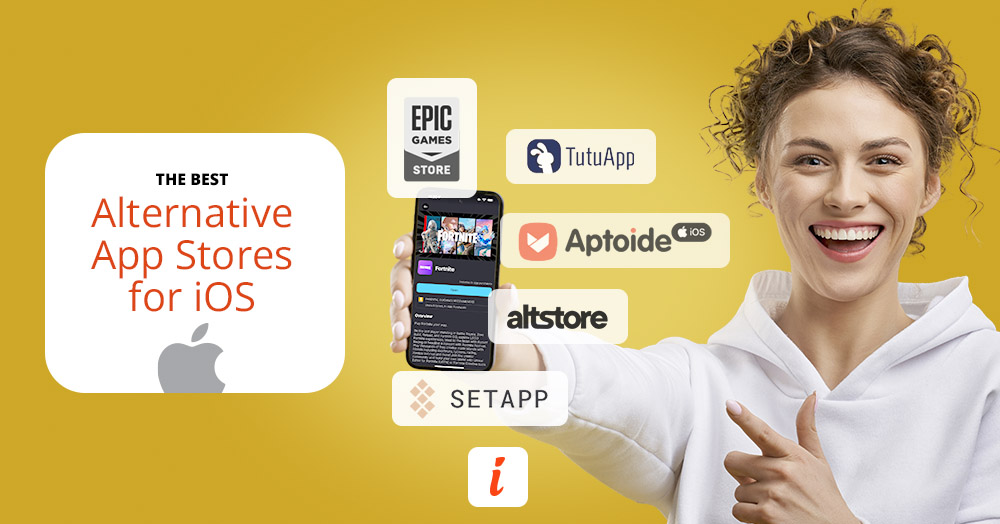ARTICLE:
Build Better Apps for Android and iOS – Best Practices
By Inspire Visual
Updated
App downloads are at an all-time global high, with 230 billion downloads across the Google Play Store and Apple’s App Store. Since 2018 the number of app downloads has increased steadily at a 15 percent growth rate.
The potential for revenue across most app segments is forecast to grow to 613 billion U.S. dollars by 2025, almost double what it was in 2020.
When Apple first introduced mobile apps in 2007 with the release of the iPhone, there were less than 100,000 apps available in Apple’s App Store for download – quite a contrast to the 4,8 million available today.
The Google Play Store, originally named “Android Market”, came a year later in 2008 with an original offering of 50 free apps, according to Erick Tseng at Google. After paying a $25 registration fee, app developers could upload their apps without further testing or approval (hello virus, backdoor, and phishing apps).
Fortunately, a lot has changed for the better in both app stores regarding security and selection. However, concurrently the market demands a lot more than it did initially for app developers. It gets progressively more challenging to offer a quality app to compete with the big players.
Developing an app today is hard work for you or your app development agency. It requires a good understanding of the competitor landscape for any app category and how to take advantage of best practices, to remain relevant and exciting to the picky app users of today.
